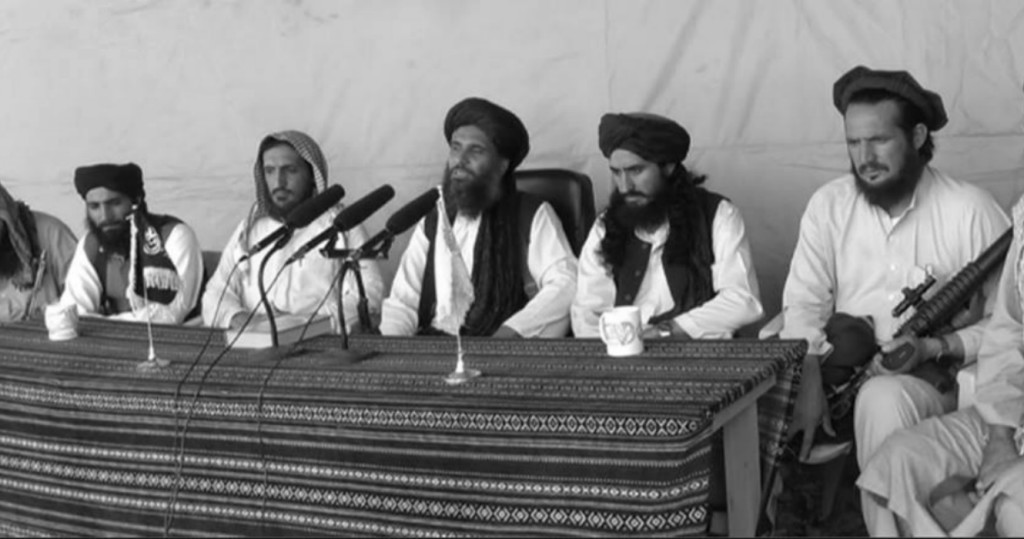The Lahore Blast and the Most Dangerous People in Pakistan

The Taliban terrorists that bombed a public park in Lahore yesterday, killing more than 70 people and wounding nearly 300 more — many of them women and children — were not just bad guys. They were members of Jamaat-ul-Ahrar, perhaps the most bloodthirsty and maximalist terrorist faction in Pakistan. It is a status the group can proudly claim even after U.S. drone strikes and nearly two years of aggressive Pakistani military operations in the North Waziristan tribal region have badly degraded the capacities of the Pakistani Taliban (TTP).
Jamaat-ul-Ahrar, originally the Mohmand tribal agency branch of the TTP, split off from the parent group in 2014, in part because of its virulent opposition to TTP efforts to pursue peace talks with the Pakistani government. However, Jamaat-ul-Ahrar is no small-time splinter group. It has attracted Taliban leaders from across the tribal belt and from the settled areas of Swat and Peshawar. Its official spokesman previously held the same position with the parent TTP. Incidentally, the group has also spoken approvingly of the so-called Islamic State.
Jamaat-ul-Ahrar is particularly fearsome because of its supreme leader, a former journalist named Omar Khorasani. In a profile of Khorasani back in September 2014 for War on the Rocks, I described his macabre accomplishments, which include incorporating female suicide bombers into the TTP’s tactical repertoire; ordering the execution of 23 Pakistani paramilitary soldiers at the very moment when the parent TTP was exploring peace talks with Islamabad; and staging a series of daring strikes on the Pakistani state, including a brazen assault on multiple airbases in Baluchistan.
I also highlighted his various boasts and threats, which have included vows to seize Pakistan’s nuclear weapons; threats to attack Pakistan’s media (once conveyed in a mocking letter to the Committee to Protect Journalists and Reporters Without Borders); and warnings to target Prime Minister Nawaz Sharif and opposition leader and cricket hero Imran Khan.
Since that profile was published, Jamaat-ul-Ahrar has continued to terrorize Pakistan even as the country has otherwise enjoyed a relative lull in terrorist attacks.
These include strikes on a court in Peshawar, a church in Lahore, and on the border crossing at Wagah (near India). According to a Reuters tally, the group has claimed responsibility for seven major attacks in Pakistan, including Sunday’s, since January 2015.
Pakistan has made considerable progress in its fight against terrorism, with deaths from terrorist violence having diminished significantly over the last year or so. And yet the Jamaat-ul-Ahrar horror show provides a sobering reminder that Pakistan remains vulnerable to breathtakingly brutal assaults.
Michael Kugelman is the senior associate for South Asia at the Woodrow Wilson International Center for Scholars in Washington, DC. He can be reached at michael.kugelman@wilsoncenter.org and on Twitter @michaelkugelman.

